Lime Disease In Cats
Lime disease in cats. The Lyme disease in cats may be transmitted by ticks. Because it is often weeks or maybe months from the tick bite to the first symptoms becoming apparent many people and pets are misdiagnosed as Lyme disease mimics so many other diseases. However the disease is less frequent in cats as cats tend to groom often and remove the ticks which will not be able to release their toxins in the cats blood.
Borrelia burgdorferi is called a spirochete because they have a shape that resembles a spiral. The best prevention from these diseases is prevention of ticks in the first place. Lyme disease is a bacterial infection that is transmitted to cats and other animals via the bite of the tick although picking up a tick will by no means always or commonly lead to Lyme disease in the cat.
The bacteria enters through the bite of a young tick nymph or an adult female tick. Lyme is rarely found in cats and they are less likely than dogs to show any symptoms. He should show signs of a quick recovery if treated promptly.
However because Lyme is potentially quite severe and is common among humans and dogs it is wise to know how the disease is transmitted and what the signs of infection are in your pets. The early removal of ticks within 4 hours of the tick bite decreases the chances of transmission if the Lyme disease. It afflicts dogs much more frequently than cats.
A rash is seen in some cases. Lyme disease occurs much more frequently in dogs than in cats. Symptoms of Lyme Disease in Cats Fever lethargy and stiff joints are all symptoms suggesting Lyme disease.
Lyme Disease is caused by a bacterium called Borrelia burgdorferi which can infect humans and their cats. Its important to keep an eye out for these symptoms if you suspect your cat has Lyme disease. Although Lyme is rare in cats your cat may be exposed to other tick-borne diseases including Ehrlichiosis and Rocky Mountain Spotted Fever.
It is caused by a bacteria known as Borrelia burgdorferi. Its caused by a spiral-shaped bacterium species of Borrelia burgdorferi.
Because it is often weeks or maybe months from the tick bite to the first symptoms becoming apparent many people and pets are misdiagnosed as Lyme disease mimics so many other diseases.
Lyme Disease in Cats Lyme disease is caused by a bacterium called Borrelia burgdorferi transmitted through tick bites. Lyme disease is caused by bacteria from the borrelia strain. Lyme is rarely found in cats and they are less likely than dogs to show any symptoms. JEFFERSON MAINE Maine Lyme disease which is spread by spread by deer ticks affects not only people but also our four-legged friends. They look like tightly coiled springs or old-fashioned telephone cords. The best prevention from these diseases is prevention of ticks in the first place. A rash is seen in some cases. However the disease is less frequent in cats as cats tend to groom often and remove the ticks which will not be able to release their toxins in the cats blood. It is potentially serious and was once considered to be virtually untreatable.
The best prevention from these diseases is prevention of ticks in the first place. Its caused by a spiral-shaped bacterium species of Borrelia burgdorferi. Cats thankfully rarely become infected or need to be treated like an infected human or dog would. When infected cats may show lameness fever loss of appetite fatigue or difficulty breathing. Though most known cases of the disease in cats was found during experimental infection its not yet known whether it occurs naturally in felines and still poses a risk. Lyme disease occurs much more frequently in dogs than in cats. However because Lyme is potentially quite severe and is common among humans and dogs it is wise to know how the disease is transmitted and what the signs of infection are in your pets.
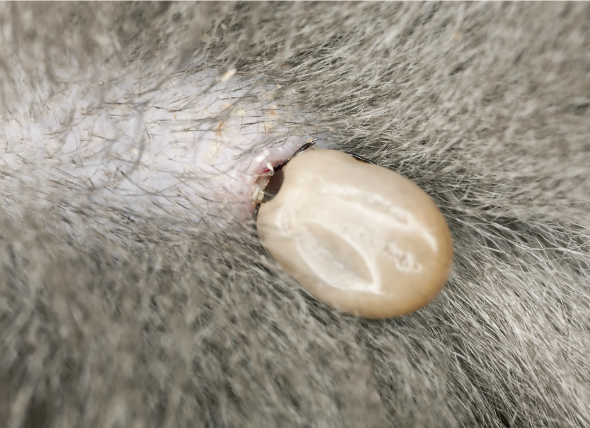

/itchy-cat-183891986-5993500a6f53ba00108e3d37.jpg)

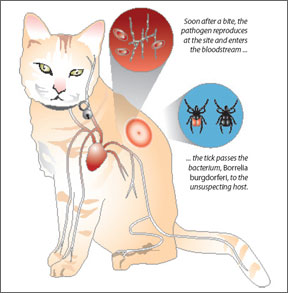

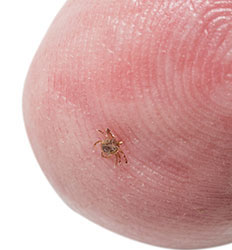

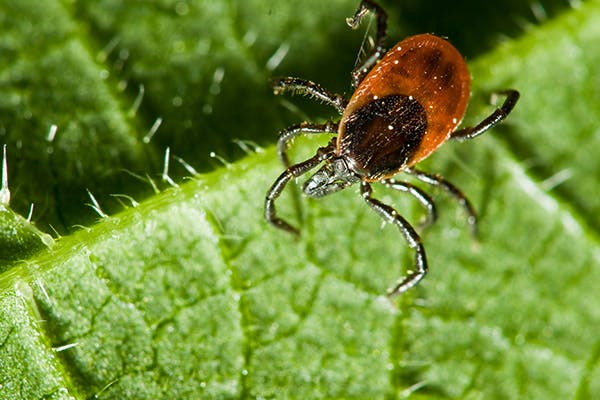

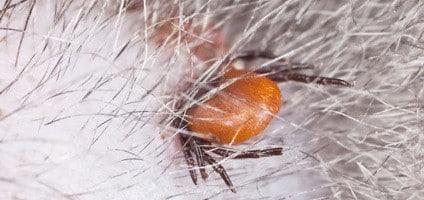







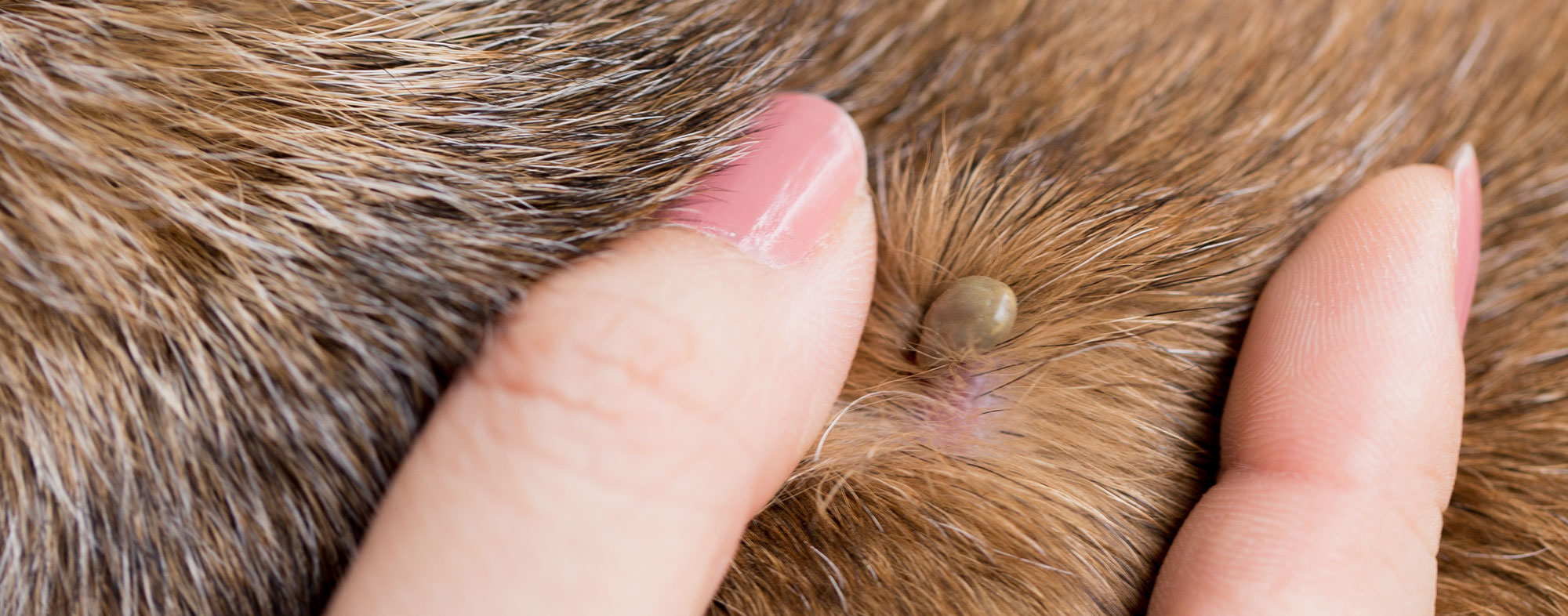








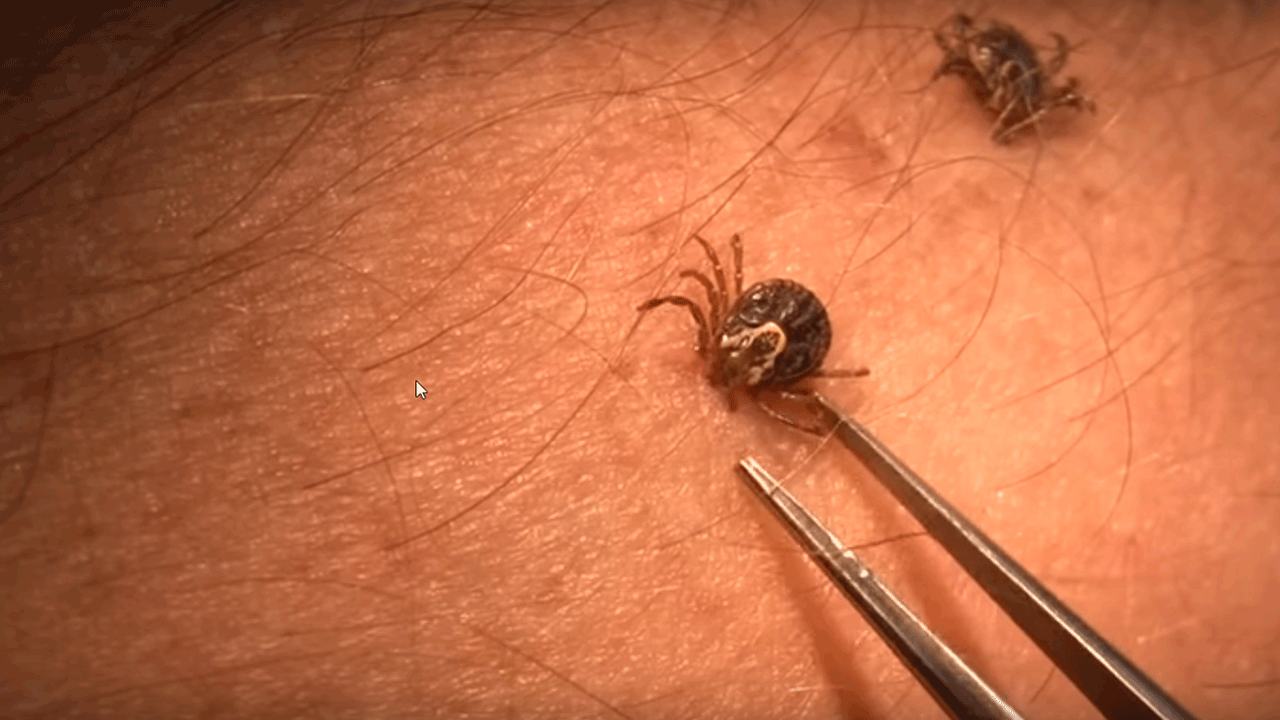








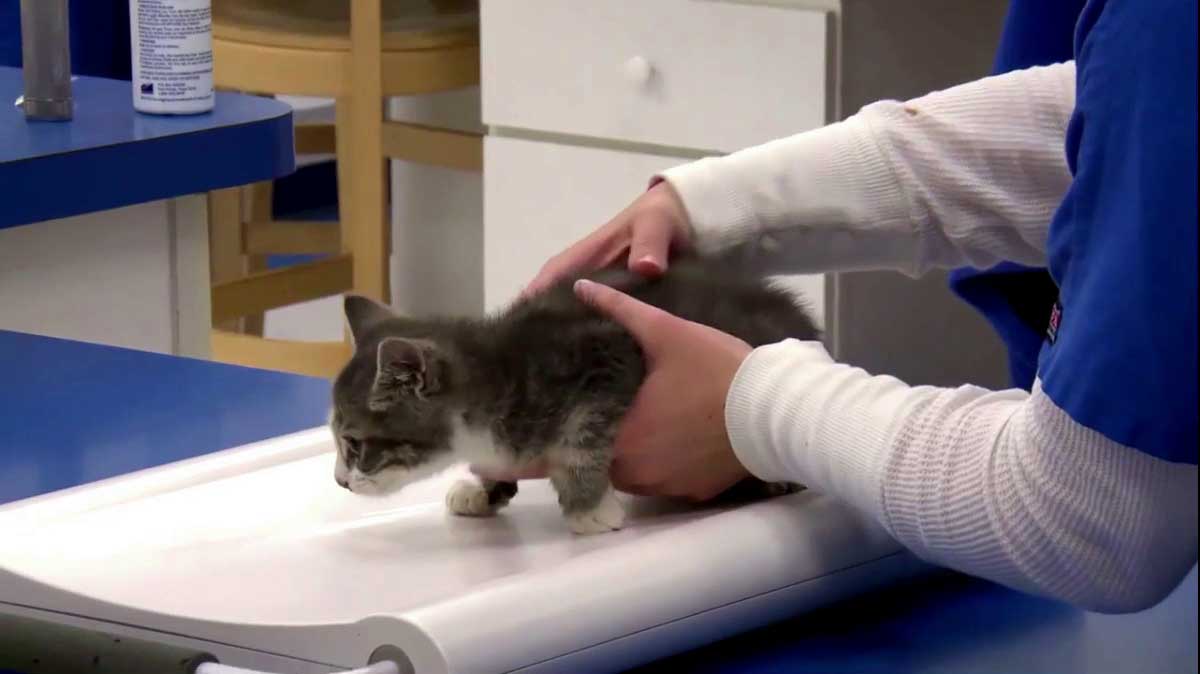






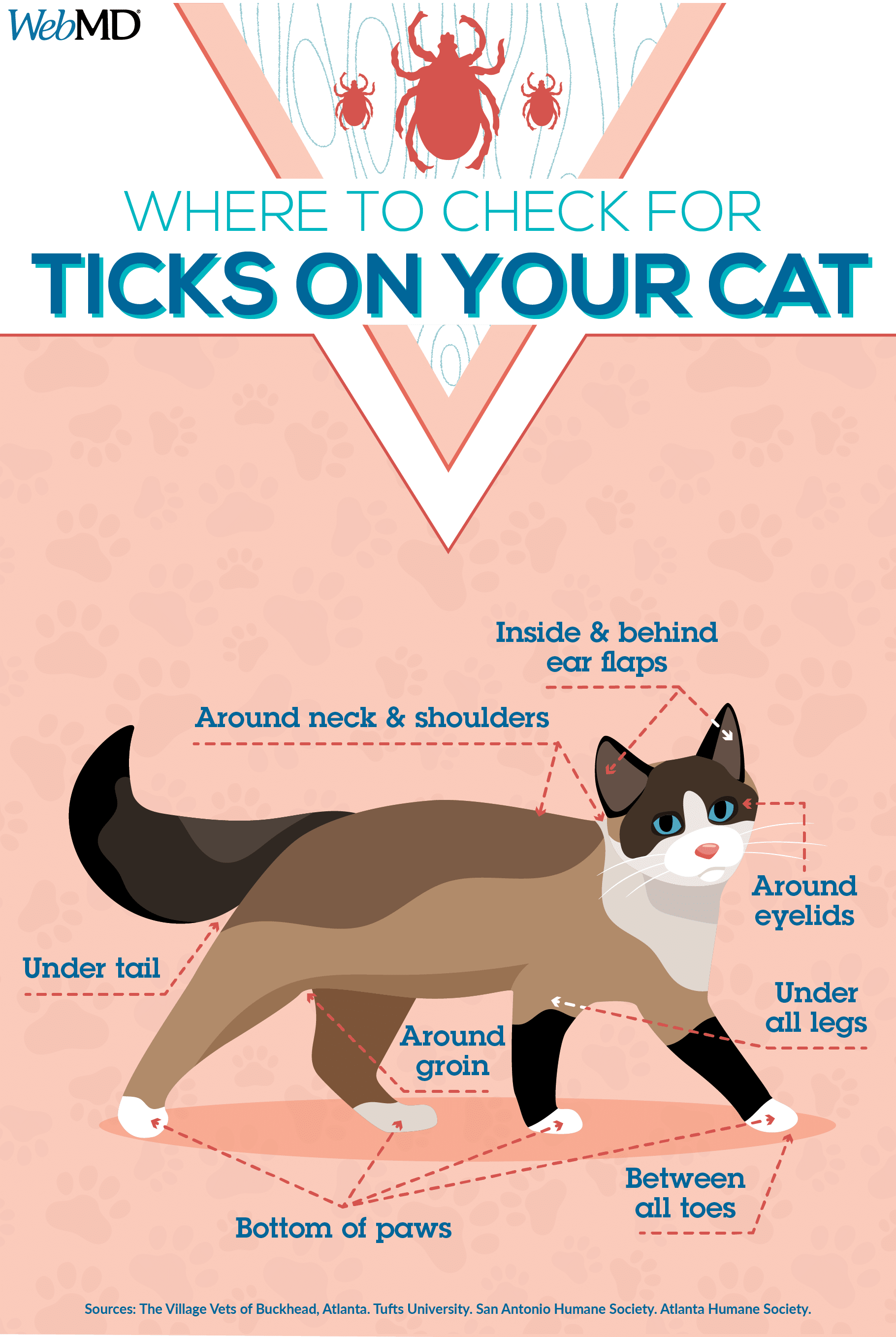

Post a Comment for "Lime Disease In Cats"